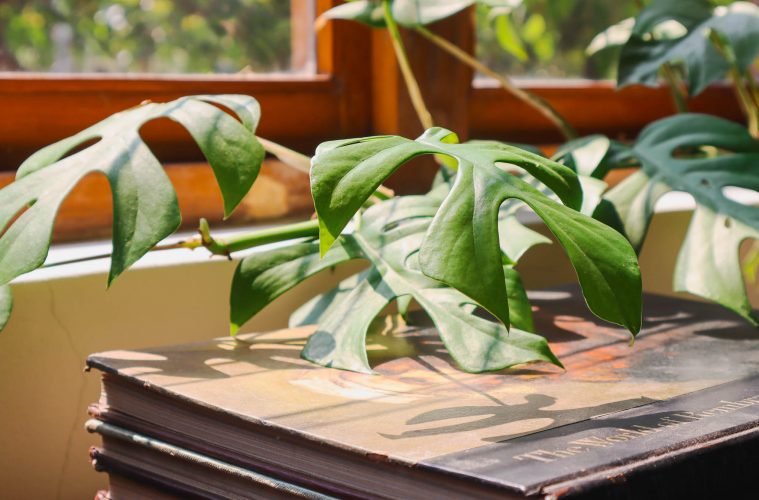Rhaphidophora tetrasperma is a plant that’s tough to say but easy to look at. You may find it labeled ‘mini monstera’ for the splits in the leaves, despite the fact that it is not a monstera at all. It is also known as Philodendron minima in some areas, although it is technically classified under the Rhaphidophora genus.
Naming confusion aside, this vining plant is incredibly easy to care for and grows rapidly to fill your home with interesting split tropical leaves. If you want to add one of these plants to your collection, this is how to keep it looking its best.
Water
Rhaphidophora tetrasperma needs slightly moist but not waterlogged soil. Overwatering or containers without drainage can lead to root rot which will kill the plant if not resolved quickly. Water the plant when the top layer of soil is dry and ensure the excess drains from the bottom of the pot before replacing the plant. When repotting, use a well-draining houseplant mix to promote airflow around the roots and improve drainage.
Sunlight
This tropical beauty needs a full day of bright, indirect light to thrive. Direct sunlight can scorch the leaves, so avoid areas right in front of north-facing windows. They can handle some direct morning sun to boost growth, as long as the light is gentle. Rotate the pot to ensure that all sides of the plant receive equal light exposure and that one side does not grow longer than the other.
Temperature & Humidity
Thanks to their tropical origins in the rainforests of Southeast Asia, Rhaphidophora tetrasperma needs a warm and humid environment to thrive. While warmth usually isn’t a problem indoors, humidity may need some adjusting to help these plants grow their best. To improve conditions, place a humidifier near the plant or group several plants together.
Fertilizer
This fast-growing plant uses up plenty of nutrients and needs regular fertilization to maintain its lush leaves. Use a balanced, water-soluble fertilizer around once a month during the growing season of spring and summer, giving them a break in autumn and winter when growth slows.


